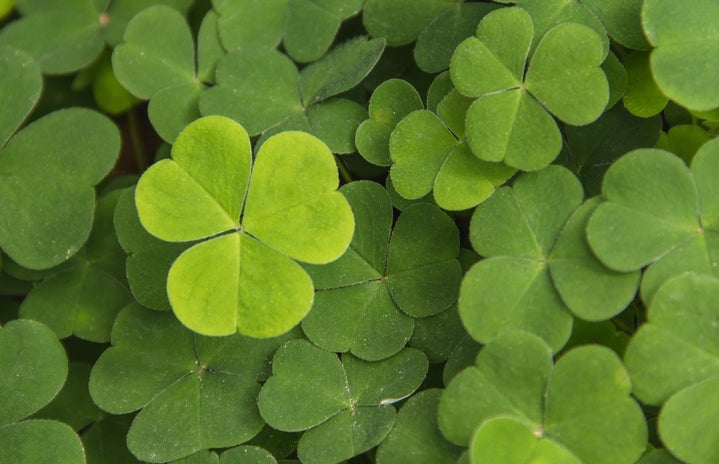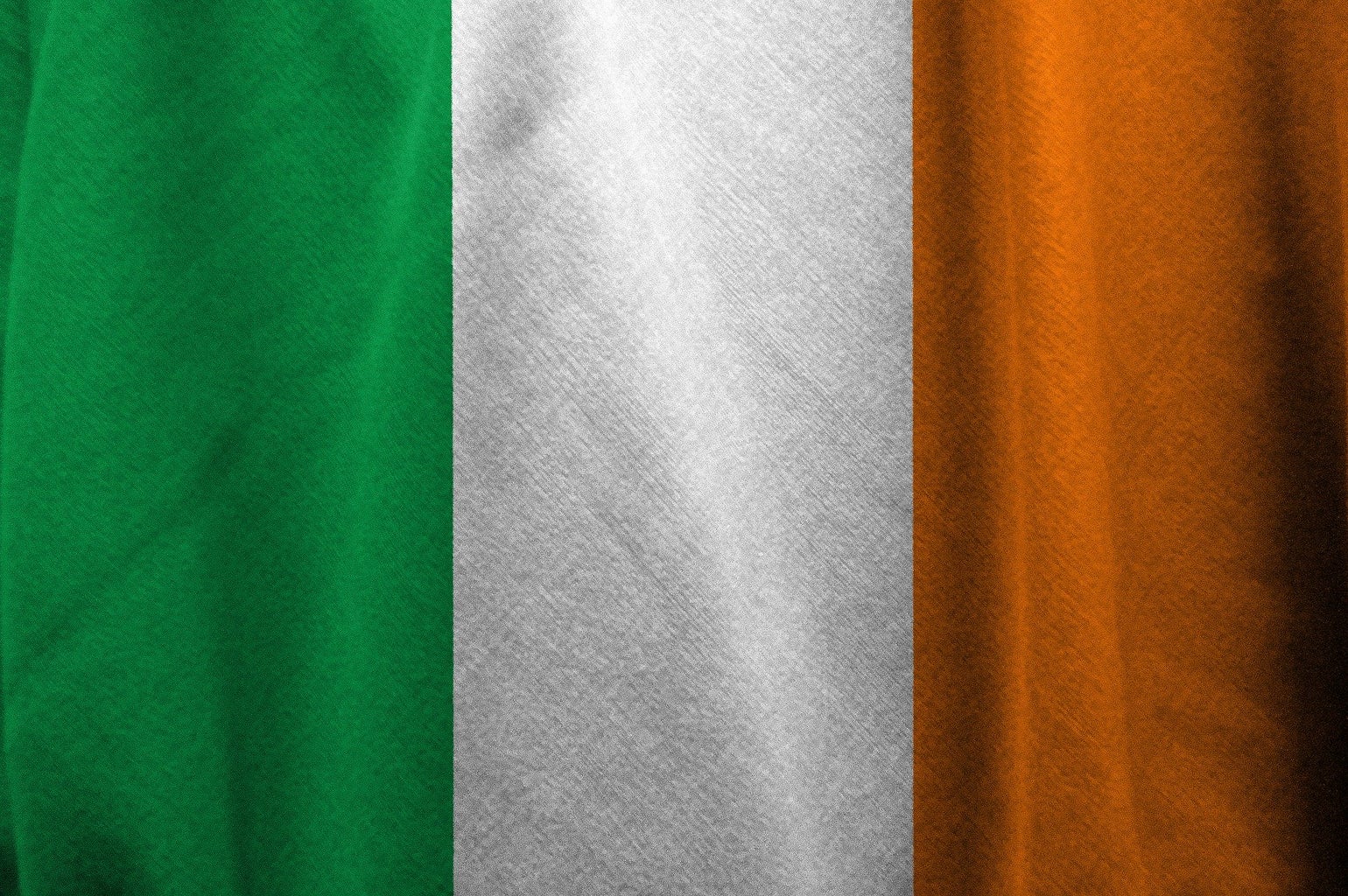St. Patrick’s Day is celebrated annually on March 17th to honor the patron saint and national apostle of Ireland, Saint Patrick.
Saint Patrick lived during the fifth century and is credited for bringing Christianity to the people of Ireland. When he was 16 years old he was kidnapped and taken to Ireland to be a slave. After he escaped, he eventually returned to Ireland because he believed it was his mission to spread the word of God to the Irish. He is also well-known for his legendary explanation of the Holy Spirit using the three leaves of the native Irish clover, the shamrock. Centuries after Patrick’s death his life ingrained in the Irish culture and his legends became that of folklore. Finally, around the 9th or 10th century, the people of Ireland started celebrating St. Patrick’s Day on March 17th, the day in which it is believed that Saint Patrick died.
In Ireland, St. Patrick’s Day was observed as a Roman Catholic feast day where families would traditionally go to church and celebrate by dancing, eating, and drinking in the evening.
Due to the Great Potato Famine in Ireland in 1845, up to one million poor irish immigrants fled to America in order to escape the harsh conditions and starvation. The Irish settlers then brought their St. Patrick feast day traditions with them when they came to America. Over the centuries, the number of Irish people immigrating to the U.S. increased and so did Irish patriotism. Homesick settlers wanted to feel connected with their culture and homeland so they started hosting events to honor their Irish traditions and culture. The first recorded St. Patrick’s Day parade was in 1762 and it was held in New York City.
Unfortunately, Americans did not seem to take to the St. Patrick’s Day festivities at first. Newspapers portrayed the Irish celebrating their heritage in the streets as drunk, rambunctious, and violent. However, as the number of American Irish people grew, they realized the strength they had in numbers and united to fight the prejudices surrounding their people. The Irish community even became known as the “green machine” in political circles and capturing these votes became an important way to swing an election.
The negative view towards Irish Americans and their traditions quickly changed as St. Patrick’s Day parades became ways to showcase and show support to the Irish culture.
St. Patrick’s Day is celebrated around the world in countries like Canada, Australia, Russia, and even Japan. But, North America hosts the largest St. Patrick’s event with the holiday becoming commercialized in the media consumption. Companies such as Krispy Kreme, McDonalds, and Baskin Robbins join in on the festivities and release green and shamrock themed products during the month of March.
From a traditionally religious day meant for feasting and spending time with family. To a holiday meant to pay tribute to Irish culture and traditions, St. Patrick’s Day has transformed into an international celebration with drinking, parades, leprechauns, gold, and more.



